komfort menü
repetition precision, approach message into simple
, minimalist divided elements
creating using simple modularity, a working on
meaning formulas flipping formula it’s head


repetition precision, approach message into simple
, minimalist divided elements
creating using simple modularity, a working on
meaning formulas flipping formula it’s head

every represents a layer ones to certain
zone new of comfortability events
our daily menu
levels of will be high very far natural of
anxiety and you will feel from your level self-e cacy
current consiting menu items to we know
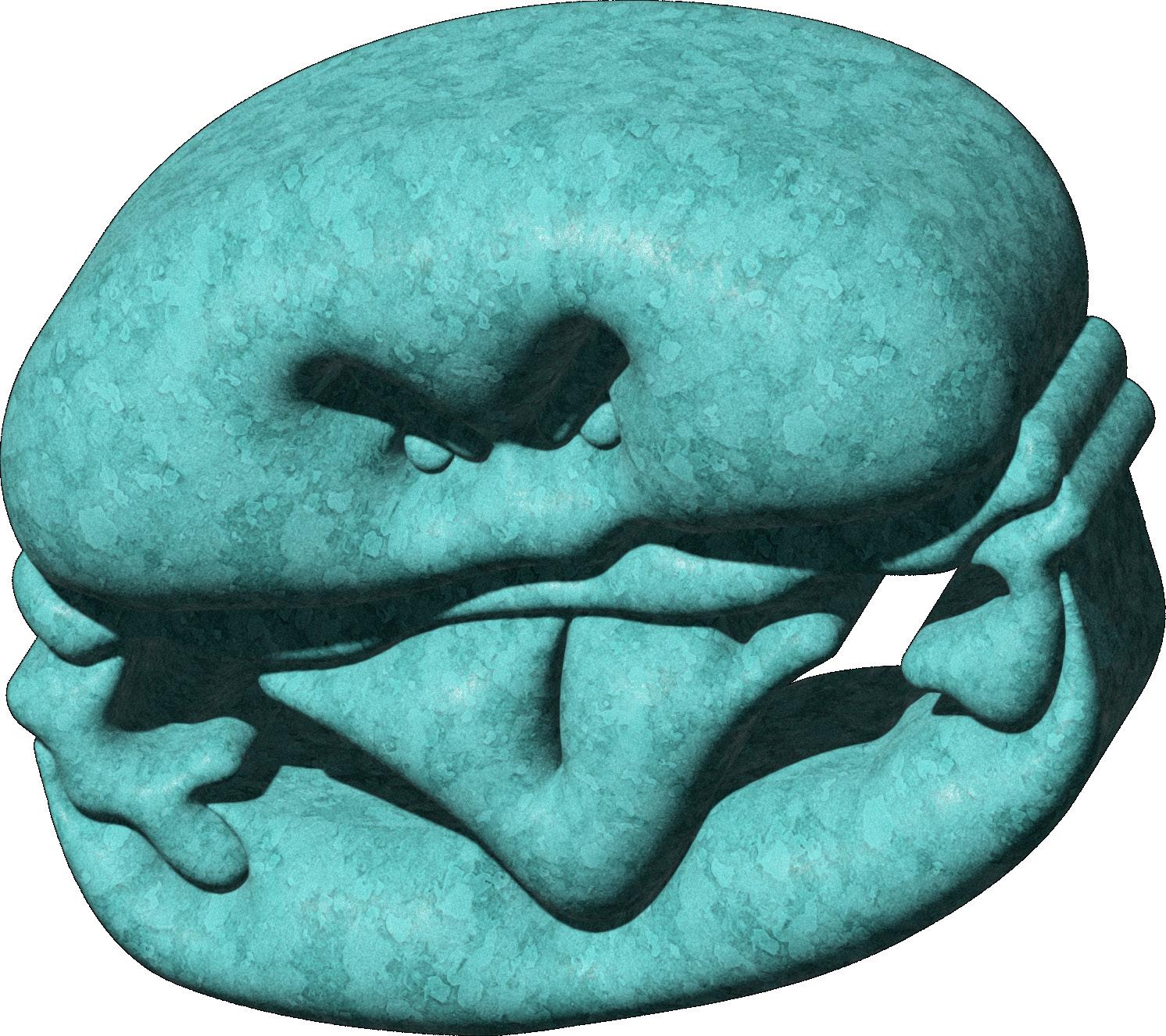
Just
our consists of chosen a special to what we
daily o er carefully meals connection already know

As Andy Molinsky explained to us: “Comfort zones are a metaphor. Some people describe getting out of their comfort zones with metaphors such as walking a tightrope, jumping in a cold pool, or wearing shoes that are not comfortable for you. The comfort zone describes a threshold of anxiety - under this treshhold,

you’re in your comfort zone, but if you feel anxious about doing something, you’re outside of it. It’s actually quite the same for companies and teams - when they engage with something outside their regular, typical activities, it will generate uncertainty, unpredictability, which is associated with anxiety and anxious thoughts.”
For every individual, however, there may be a few di erent stages or “three buckets” of experiences that either find us at ease or literally terrified, as Andy Molinsky describes: “When inside of your comfort zone, you will feel low levels of anxiety, and benefit from high competences and a certain level of mastery.
Within the comfort zone, there isn’t much incentive for people to reach new heights of performance. It’s here that people go about routines devoid of risk, causing their progress to plateau, but the concept can be traced further back to the world of behavioral psychology.

In 1907, Robert Yerkes and John Dodson conducted one of the first experiments that illuminated a clear linki between performance and anxiety.
They saw that mice became more motivated to complete mazes when given electric shocks of increasing intensity – but only up to a point. Above a certain threshold, they began to hide rather than perform.


our consists of chosen a special to what we
daily o er carefully meals connection already know
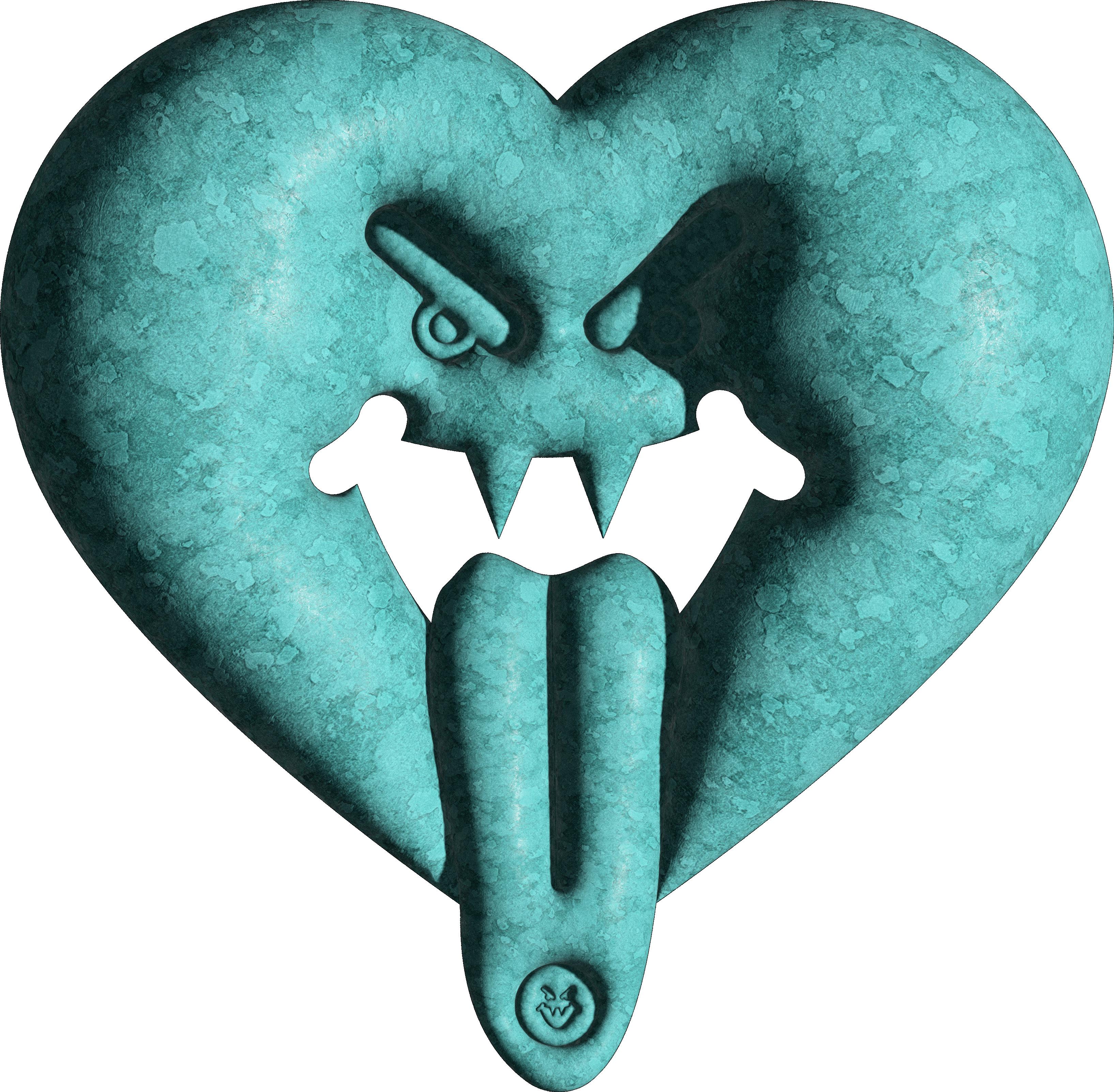
022

“Comfort zones are a metaphor. Some people describe getting out of their comfort zones with metaphors such as walking a tightrope, jumping in a cold pool, or wearing shoes that are not comfortable for you.”

Very experienced and successful professionals routinely struggle with situations outside their comfort zones and go to great lengths to avoid these situations, even if they are key for e ective performance.
This is what we describe as the cycle of avoidance. In the short term, it can o er relief, but the long-term e ect is to increase worry and anxiety. Avoidance is only a primary solution, that does not really o er anything.

Part of the problem with things inside of the ‘stretch zone’ is that we tend to avoid these things. The problem with avoidance is that it provides relief, but it does not allow us to learn from new experiences. Learning is the catalyst for taking something outside your comfort zone and becoming more comfortable, competent and confident about it.”
And, according to Andy Molinsky, being able to embrace a challenging situation instead of trying to avoid it at all costs provides two great benefits: “You usually learn two things when you step out of your comfort zone: first, that the thing you feared was not as fearful as you thought, and that, most likely, you’re better at this than you envisioned.
but can further back the world of behavioral psychology
the concept be traced to 1907
but can further back the world of behavioral psychology
emotions make us worst case that are to
the concept be traced to 1907
often think of scenarios
quite unlikely happen

Just take the usual and choose something you already know is great! Why bother trying something new that could be life-changing.
Go to our survey within 100 years and tell us about your visit.
Expires 30 days after receipt date. Valid for everyone.
our consists of chosen a special to what we
daily o er carefully meals connection already know
levels of will be high very far natural of
anxiety and you will feel from your level self-e cacy



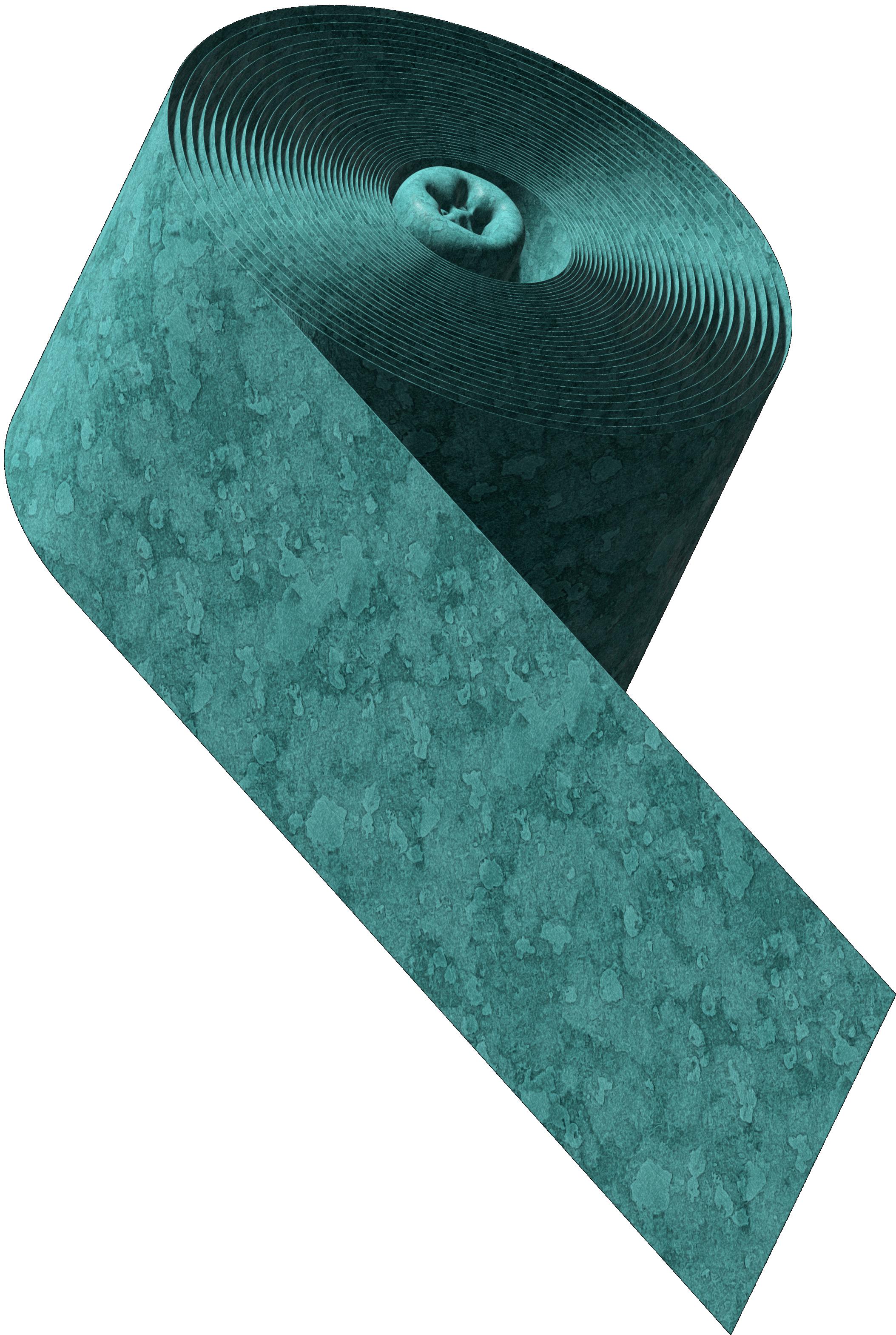

A deep sense of purpose that it’s actually worth it to do the hard work entailed in stepping outside ones comfort zone. What’s critical is that this source of conviction is authentic and meaningful to you and relates to your goals.
The ability to tweak or adjust in an often slight, but meaningful way to make performing that task more natural. These might be altering your body language, playing with the timing of an event or adjusting the context.


Just take the usual and choose something you already know is great! Why bother trying something new that could be life-changing.
Go to our survey within 100 years and tell us about your visit.
Expires 30 days after receipt date. Valid for everyone. 1117
our consists of chosen a special to what we
daily o er carefully meals connection already know
A critical first step in shaping a plan of attack for learning to step outside your comfort zone is to diagnose the factors holding you back.
The first is the Authenticity Challenge. This is the idea that acting outside your comfort zone can feel fake, foreign, and false. These feelings can cause discomfort when attempting to adapt behavior, or cause people to avoid the situation entirely.
The second is the Competence Challenge. In addition to feeling inauthentic, people struggling to act outside their comfort zone can also feel that they lack the ability to be successful. When that’s the case, they can feel anxious, self-conscious, and even embarrassed, which makes it even harder to adapt and adjust behavior.These feelings can cause discomfort when attempting to adapt behavior, or cause people to avoid the situation entirely.
Fourth is the Likeability Challenge: one of the greatest worries people feel when stretching outside their comfort zones is whether people will like this new version of themselves. This challenge is especially pertinent to peoplepleasers or conflict-avoiders.
At last, the fifth one is the Morality Challenge. In certain instances, people can have legitimate concerns about the morality of the behavior they’re about to perform.

The fight or flight response is an automatic physiological reaction to an event that is perceived as stressful or frightening. The perception of threat activates the nervous system and triggers an acute stress response that prepares the body to fight or flee.
These responses are evolutionary adaptations to increase chances of survival in threatening situations. Overly frequent, intense, or inappropriate activation of the response is implicated in a range of clinical conditions, like most anxiety disorders.
dilation the pupils, in more light visual acuity to scan
of allows so that is improved the surrounding
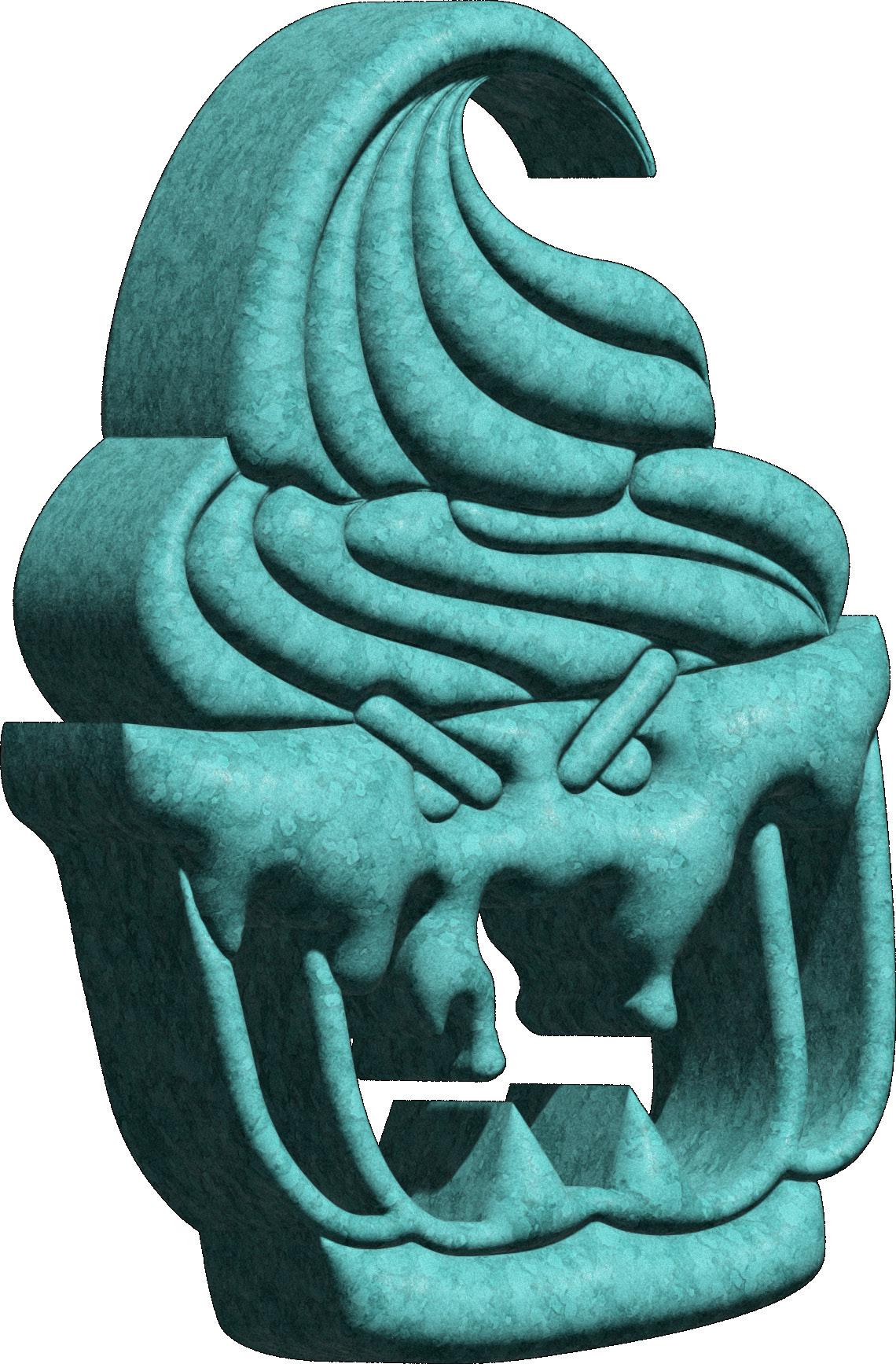
Just take the usual and choose something you already know is great! Why bother trying something new that could be life-changing.
Go to our survey within 100 years and tell us about your visit.
Expires
our consists of chosen a special to what we
daily o er carefully meals connection already know
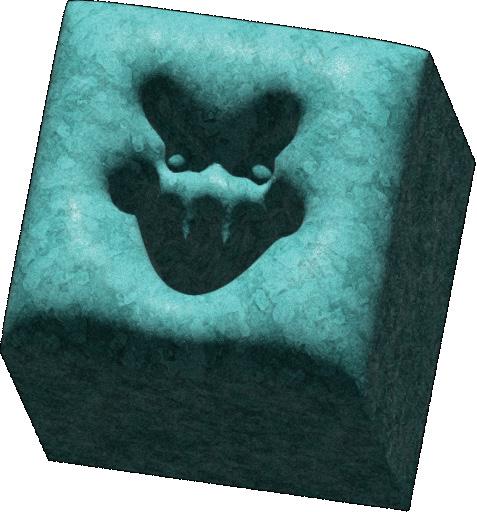

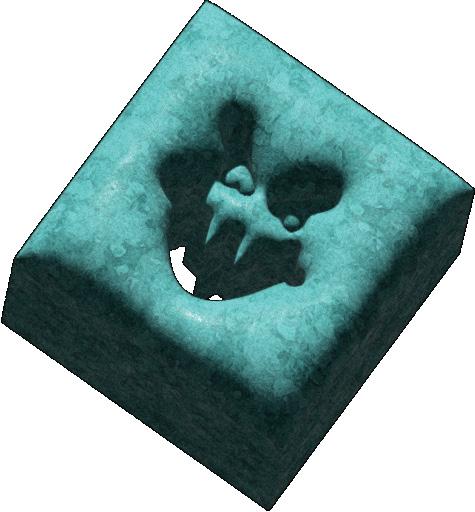
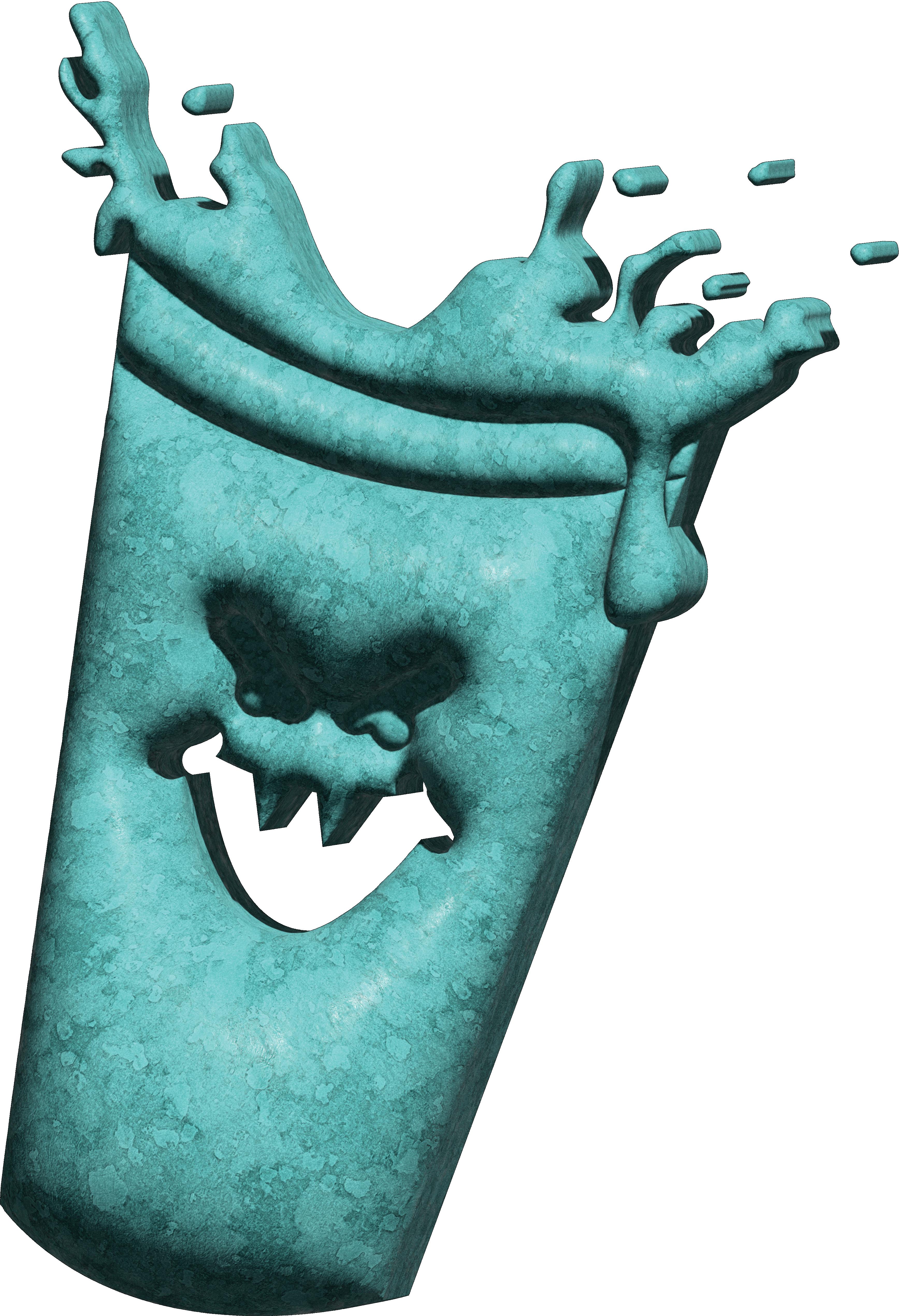

047

In this it will take to get with the within
zone way more time acquainted experiences
levels of will be high very far natural of
048 anxiety and you will feel from your level self-e cacy.

048
facing a fear but reminded never sucks
sucks being stuck that you faced your fear even more
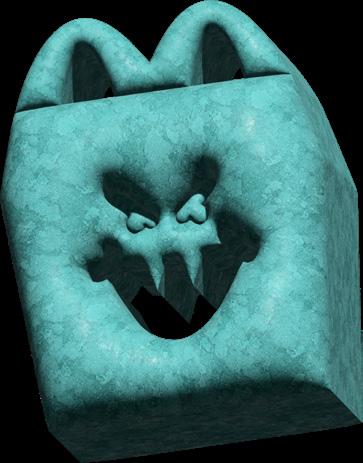








TED x BrandeisUniversity
Andy Molinsky (2017) Step Outside Of Your Comfort Zone
Duke Education and Andy Molinsky (2019) Step Outside Your Comfort Zone
Dan Schawbel (2022) Andy Molinsky - Why You Should Step Outside Your Comfort Zone
Andy Molinsky (2013)
Global Dexterity: How to Adapt Your Behavior Across Cultures without Losing Yourself
Loic Leray (2022) How to step out of your comfort zone, grow and thrive, with Andy Molinsky
Oliver Page MD (2020) How to Leave Your Comfort Zone And Enter Your ‘Growth Zone’
